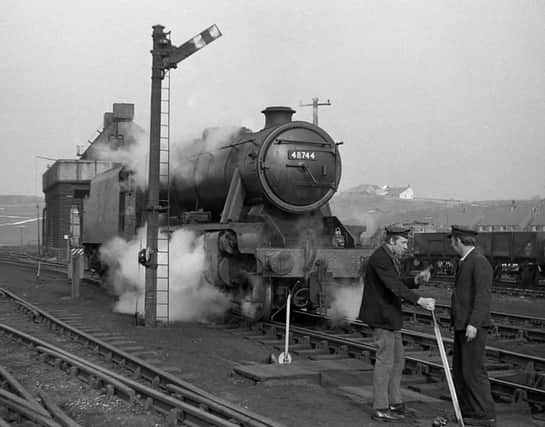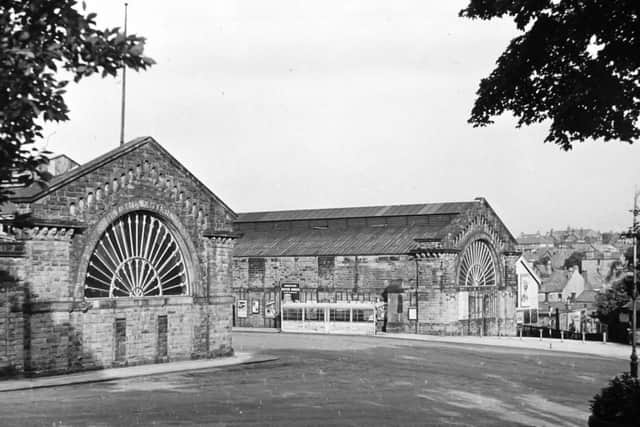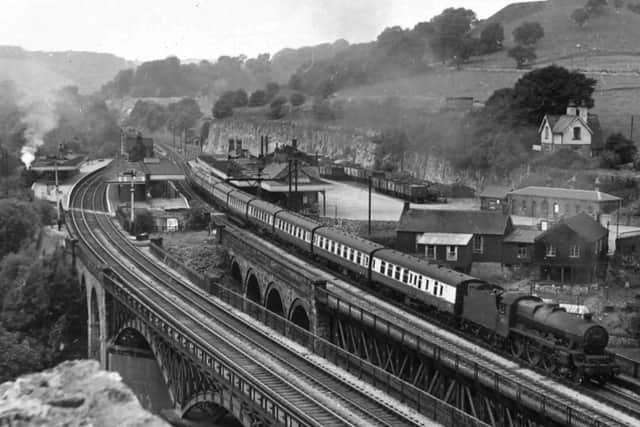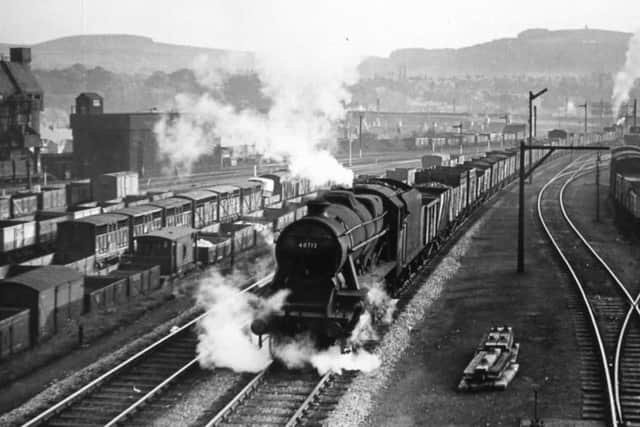MEMORY LANE: Railways heralded new era in Buxton


The Stockport, Disley and Whaley Bridge railway, part of the London and North Western (LNWR) line, extended its Manchester to Whaley Bridge line all the way to Buxton.
Meanwhile, the competing Midland Railway extended its line from Rowsley across some of the Peak District’s most spectacular scenery to Chinley and New Mills.
Advertisement
Hide AdAdvertisement
Hide AdThey hoped to bypass the LNWR route and provide a faster connection to London.


A branch line connected Buxton to the Midland mainline at Millers Dale, and that little village found itself with an enormous station and twin viaducts over the river Wye.
Later, an additional line to Ashbourne also reached Buxton, crossing Spring Gardens on a spectacular viaduct.
Reflecting on the opening of the lines into Buxton, the Advertiser of Saturday June 6, 1863, commented: “With the opening of the Buxton and Rowsley Railway on Monday last, and that of the Whaley Bridge line immediately, Buxton enters upon a new era in its history.
Advertisement
Hide Ad“From being a remote spot, hidden among the hills of the Peak, to be approached only by a serious expenditure of time and money, it is now but five hours from London, and will soon be only one from Manchester!


Advertisement
Hide Ad“As far as ease of travelling goes, there is now no difference between traversing the rugged surface of the Peak and the interminable flats of the fens.”
In Buxton, the competing stations were side by side, with identical frontages designed by J Smith, with guidance from the Duke of Devonshire’s architect Joseph Paxton.
Each was covered by impressive wrought iron and glass roofs and both had large fan windows, one of which survives on the much-reduced Buxton station of today.
Advertisement
Hide AdAfter both companies merged in the 1920s a large locomotive depot was built between Brown Edge Road and Nunsfield Road, where there was also a complex of junctions and freight sidings so complicated that four bridges were needed to carry all the lines over Lightwood road.


The Midland station shut in 1967, when the main line from Rowsley to Blackwell Mill was closed. The route is now the Monsal Trail.
Advertisement
Hide AdHowever, the northern part of the line through Dove Holes Tunnel to Chinley is still used for freight, as is part of the old Midland branch into Buxton.
The LNWR station now handles all of Buxton’s passenger traffic. Local services to Stockport and Manchester use the original route through Chapel-en-le-Frith and Whaley Bridge.
However, New Mills retains both its stations to remind of the time when two bitter rivals were competing for our fares.